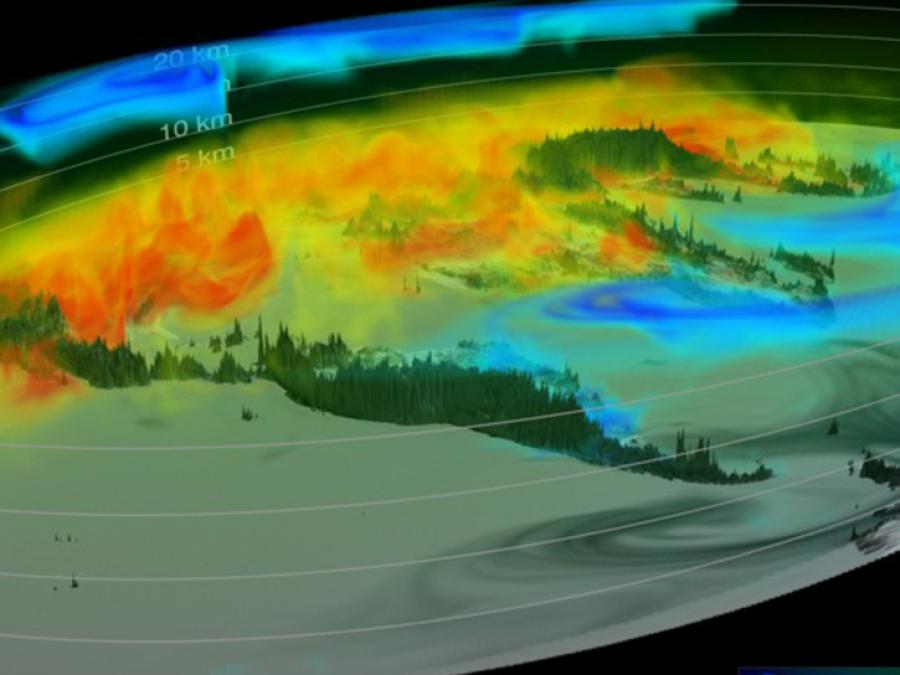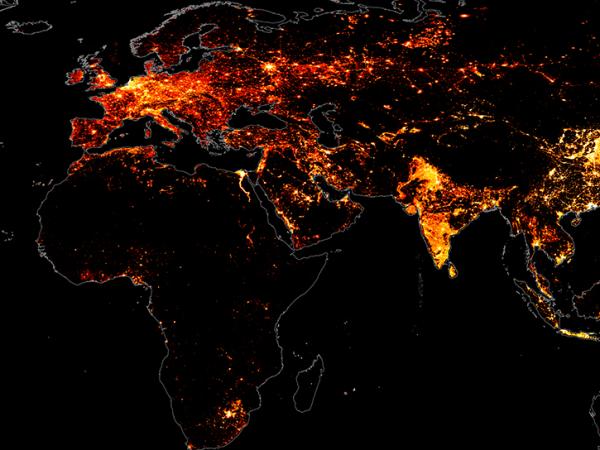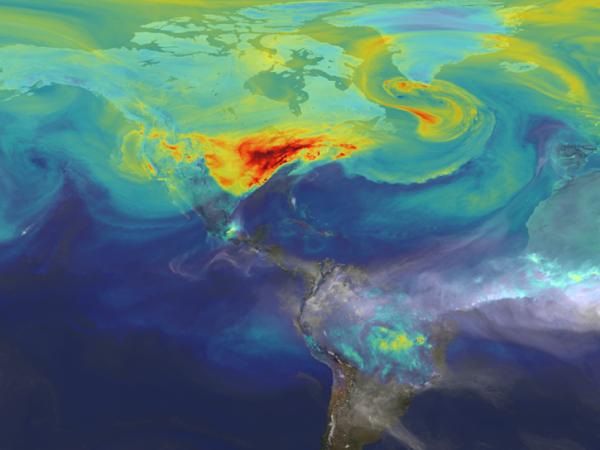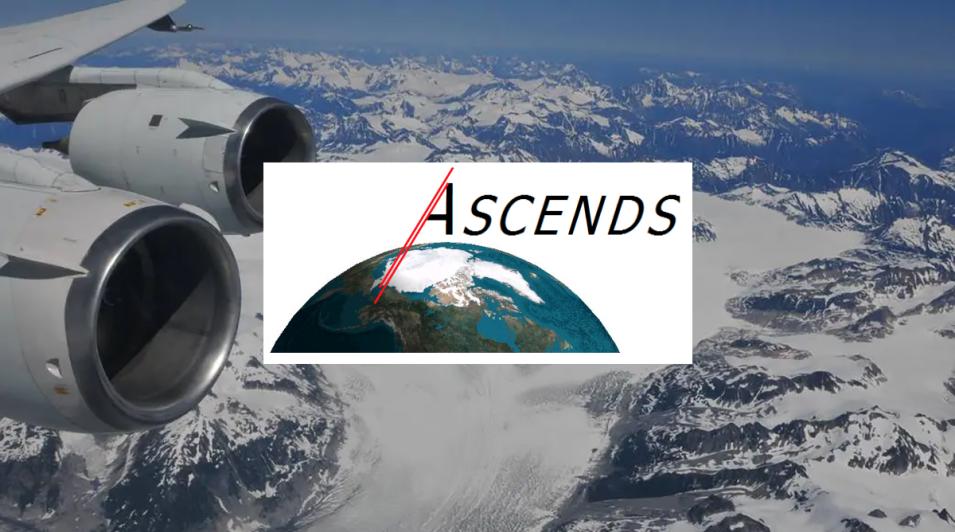| Study Dates | June 7, 2010 - August 8, 2017 |
|---|---|
| Season of Study | Year round |
| Region | United States, Canada |
| Spatial Bounds | N: 69°N S: 31°N W: 153°W E: 87°W |
| Focus Areas | Atmospheric Composition Carbon Cycle and Ecosystems |
| Geophysical Concepts | Atmospheric Chemicals and Trace Gases Carbon Storage and Processes |
| Scientific Topics | Carbon Carbon Monoxide Ozone Carbon Sinks Carbon Stores |



ASCENDS
The Active Sensing of CO2 Emissions over Nights, Days, and Seasons (ASCENDS) Airborne Campaign was a multi-year effort conducted between 2011 and 2017 to support the science definition study of the ASCENDS mission, whose objective was to make global atmospheric column carbon dioxide (CO2) measurements without a seasonal, latitudinal, or diurnal bias.
Through the airborne campaign, several NASA Lidar teams made substantial advances in developing suitable Lidar techniques and instruments, demonstrating Lidar capabilities from aircraft, improving the understanding of the characteristics needed in the measurements, and advancing the technologies needed for the space Lidar.
The 2017 ASCENDS airborne deployment was flown on the NASA DC-8 in late July and early August 2017 and was planned in coordination with the Arctic-Boreal Vulnerability Experiment (ABoVE) 2017 field campaign.
Principal Investigator
Data Centers
Funding Programs
| Platform | Instrument(s) |
|---|---|
| Douglas DC-8 | Multi-functional Fiber Laser Lidar (MFLL) Carbon Dioxide Laser Absorption Spectrometer (CO2LAS) CO2 Sounder Lidar Picarro Gas Analyzer Atmospheric Vertical Observations of CO2 in the Earth’s Troposphere (AVOCET) Diode Laser Hygrometer (DLH) Airborne Cavity Enhanced Spectrometer (ACES) |
The following resources provide additional information about the ASCENDS airborne campaign.
